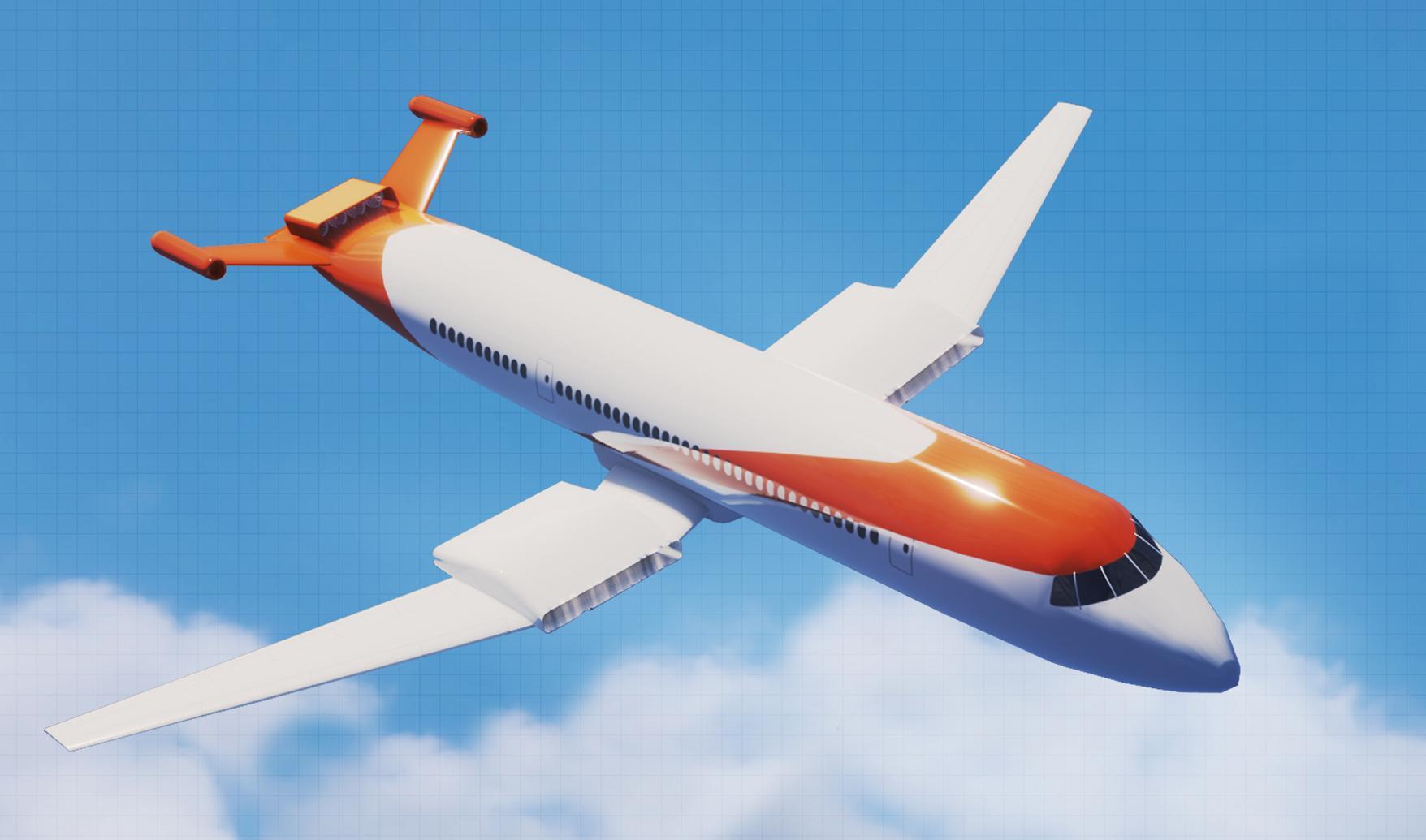Click Here to View This Page on Production Frontend
Click Here to Export Node Content
Click Here to View Printer-Friendly Version (Raw Backend)
Note: front-end display has links to styled print versions.
Content Node ID: 419010
Wright Electric has completed what it says will be a key element in its plans to develop an electric propulsion system that could potentially power a single-aisle airliner to enter commercial service by 2030. The U.S. company reported late last week that it has successfully demonstrated the inverter that will convert DC power from batteries to the AC power that will drive electric motors.
The next phase of development work will now focus on integrating the inverter with a 2 MW motor that the Wright team is developing in-house. The company plans next year to conduct high-altitude chamber testing with the configuration as part of the process of qualifying it for flight testing. The following year it would perform testing in an actual airplane at 40,000 feet. Wright CEO Jeff Engler told FutureFlight that the company is planning for a program launch in 2024.
Whether or not Wright actually assembles the airplane or contributes its technology to a program by another airframer remains undetermined, however. “We're right now having those discussions about who's going to do the manufacturing and things like that,” said Engler. “I think we're heads down on proving out that the motors and inverters work on the ground and then at 40,000 feet, And I would say everything else is a future decision.”
Wright engineers are developing a propulsion system to be scalable for a power rating of between 500 kW and 20 MW. The company claims the technology will deliver a 99.5 percent efficiency level, representing a six-fold improvement over current aviation inverters and resulting in significantly lower thermal management loads.
In a May 6 statement, the company said the propulsion system will carry a power density of 30 kW/kg. Given that currently, available technology delivers only between 10 and 20 kW/kg, such an increase would result in weight savings equivalent to carrying an extra five to 10 passengers on each flight in a standard single-aisle airplane.
Engler said that Wright’s electrics could apply to any of three kinds of propulsion systems: all-electric, hybrid-electric, or hydrogen. But whatever shape the final product takes, it will require a design approach that differs dramatically from a typical jet-fuel-powered machine.
“We think of ourselves as experts in, number one, motors and inverters, and, number two, aerodynamically and efficiently configuring the airplane using those motors and inverters…If you look at, for example, a Tesla…a Tesla isn't just a Mercedes where you take out the engine and you put electric motors. To the passenger, it’s the same, but under the hood, it's very different.”
Engler added that the company plans to make additional announcements about progress with its integrated propulsion system in the next few months. “The level of performance demonstrated with our new inverter will become the baseline for any new electric aircraft and is a key technology in our megawatt system,” he commented.
The Albany, New York-based company formed in 2016 to develop an electric power system for a 186-seat airliner that would fly to a range of 800 miles. It says that it has held discussions with air carriers EasyJet and VivaAerobus to inform development priorities. It also has signed development contracts with NASA and the U.S. Department of Energy’s ARPA-E program. The 15-employee start-up has financial backing from Y Combinator and the Clean Energy Trust, as well as from various venture capital groups and private investors.
